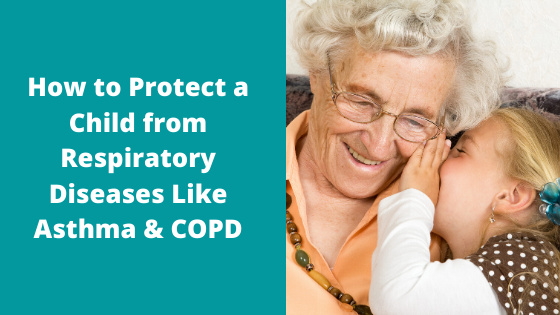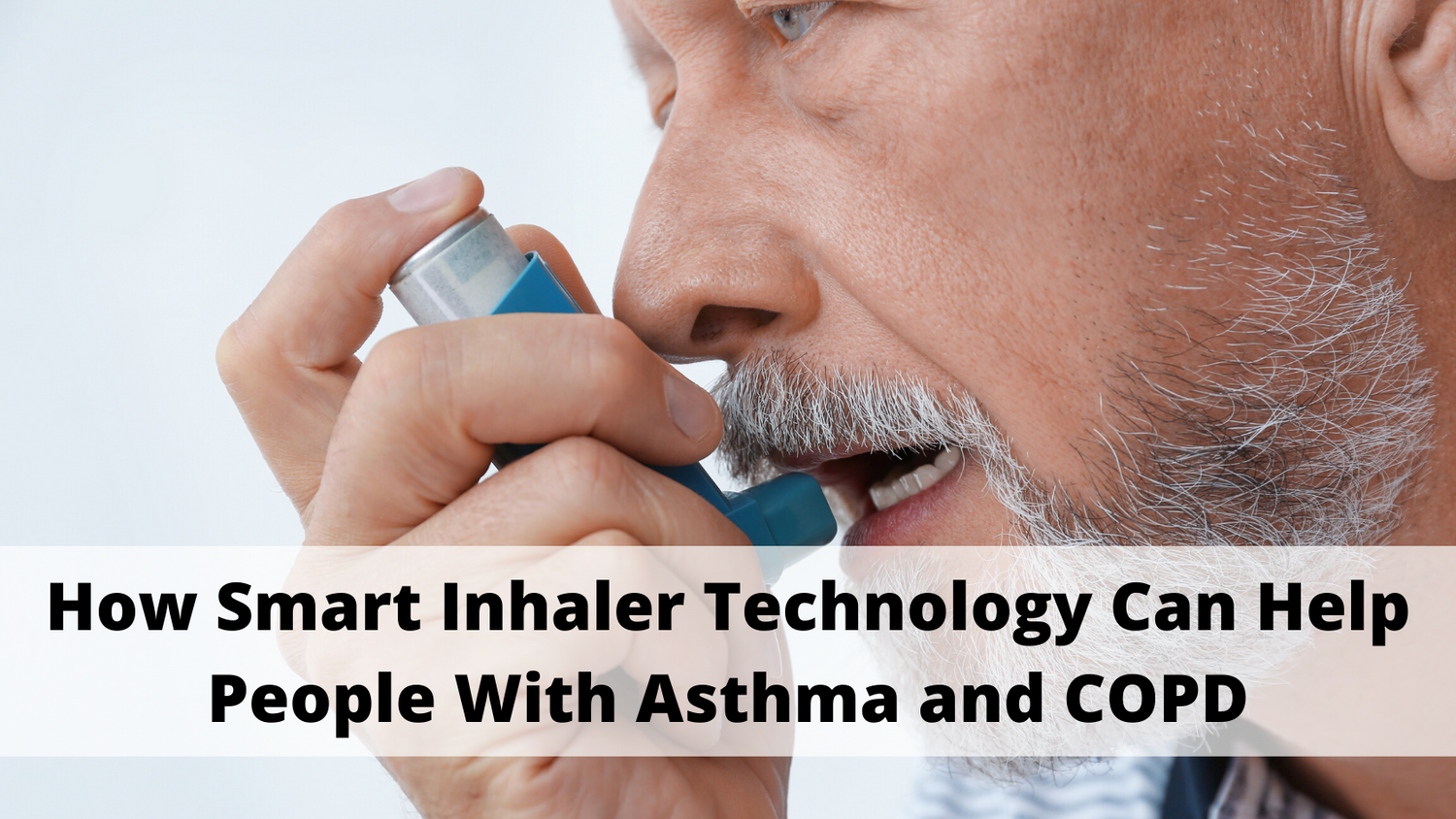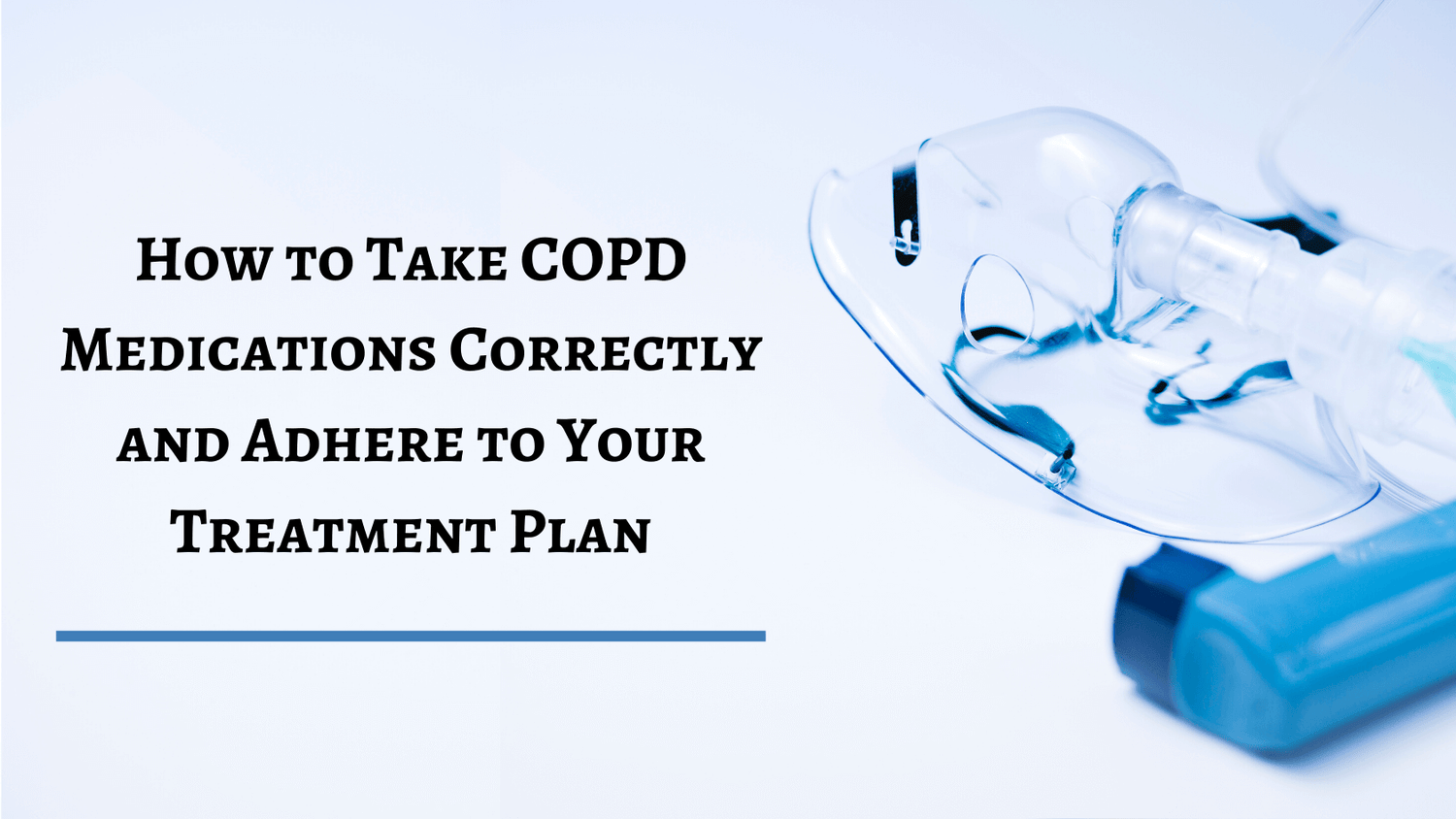Respiratory Resource Center - LPT Medical
How to Protect a Child from Respiratory Diseases Like Asthma & COPD
If you are a parent or guardian, then...
Read MoreHow Smart Inhaler Technology Can Help People With Asthma and COPD
Daily medications are a primary life-line for people with...
Read MoreHow to Take COPD Medications Correctly & Adhere to Your Treatment Plan
If you have COPD, your number one responsibility...
Read More


